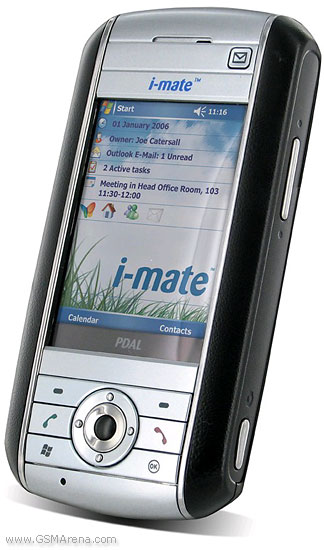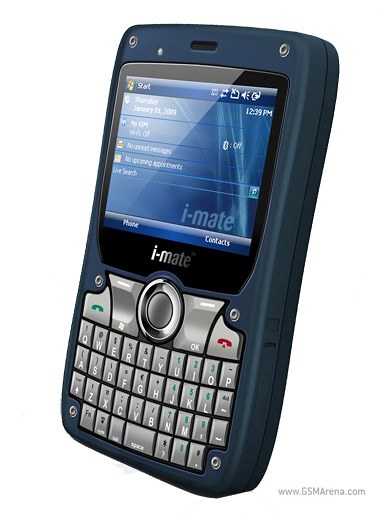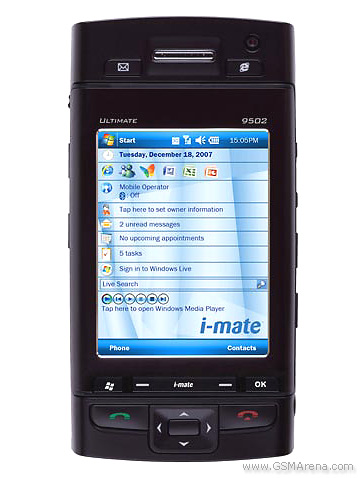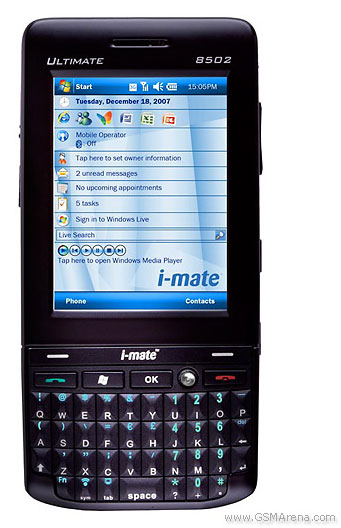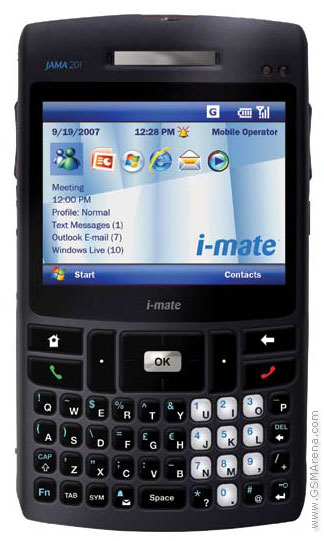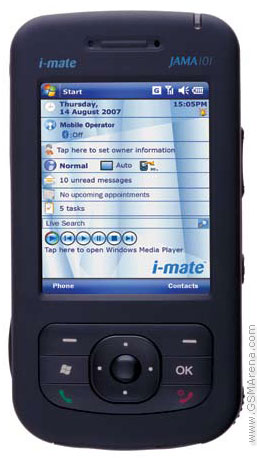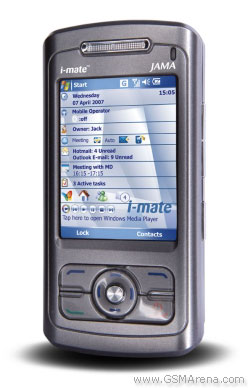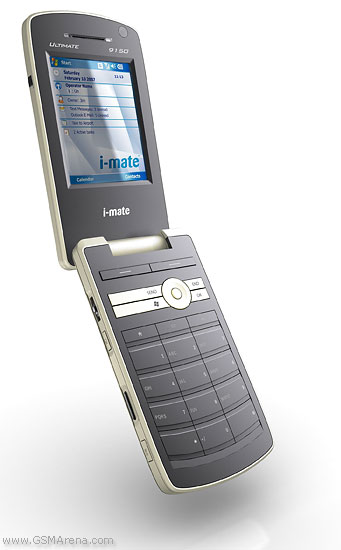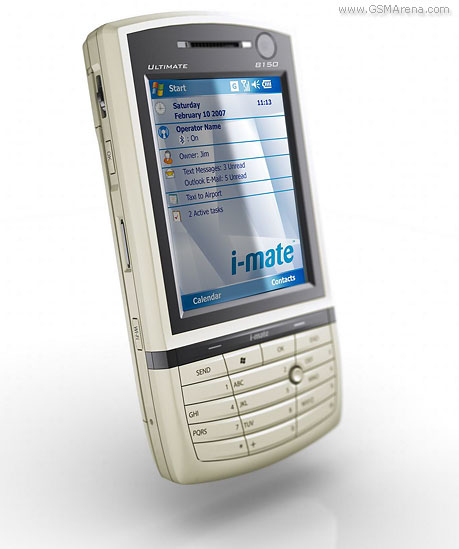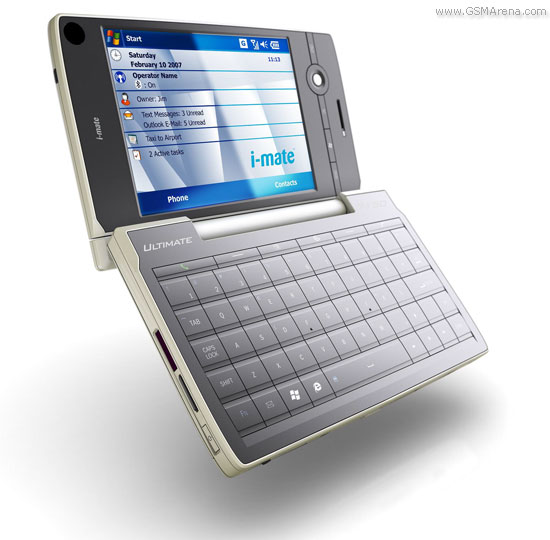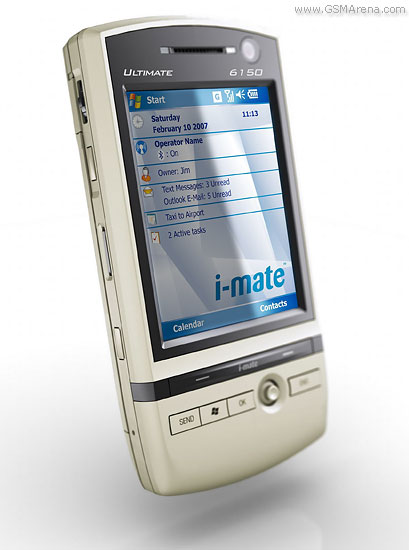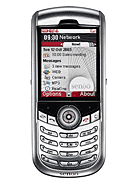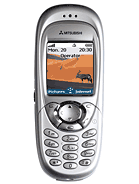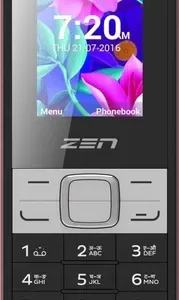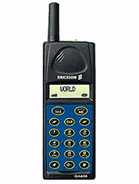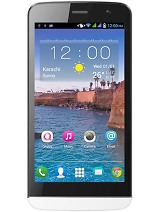i-mate PDAL Overall
The i-mate PDAL, announced in November 2006, encapsulates the essence of early smartphone technology with its compact design and Windows Mobile operating system. Sporting a 2.4-inch TFT resistive touchscreen display, this device caters to basic viewing needs with a resolution of 320×240 pixels, which was standard for its time. Its hardware includes a TI OMAP 850 chipset and 64 MB RAM, offering modest performance for essential tasks and applications.
Equipped with a 2 MP primary camera, the PDAL captures basic photos, a feature that highlights the era’s technological limitations yet provides fundamental imaging capabilities. The device is powered by a 1100 mAh battery, reflecting the energy efficiency of less demanding software and hardware components of the period. Despite its limited internal storage, expandability via a microSD slot allows users to manage data and multimedia files flexibly.
The i-mate PDAL stands as a testament to the early days of mobile technology evolution, offering a glimpse into the foundational features and limitations that paved the way for modern smartphone innovations. Its design and functionalities catered to the basic needs of mobile users, marking a significant step in the journey towards the sophisticated devices we rely on today.
